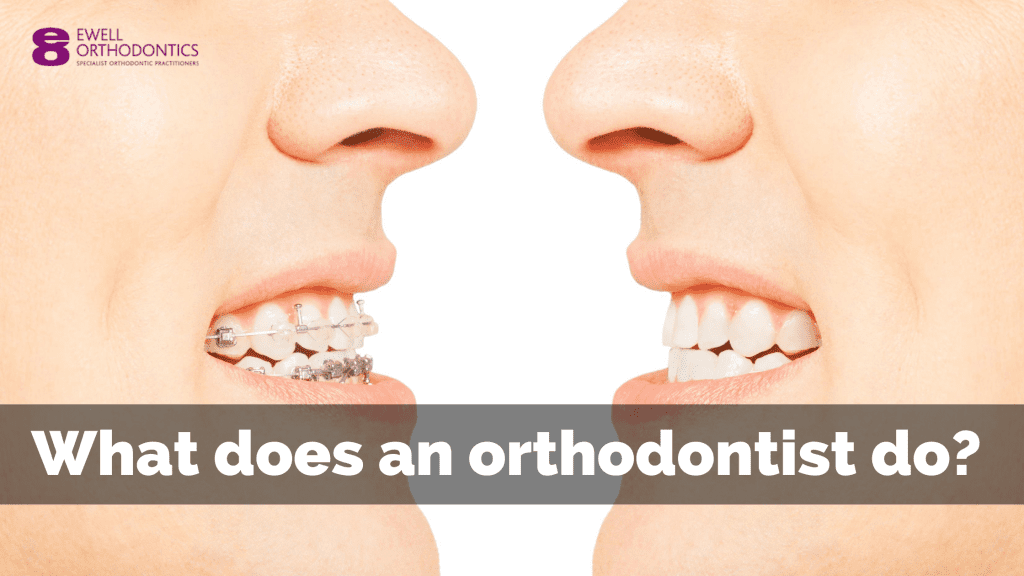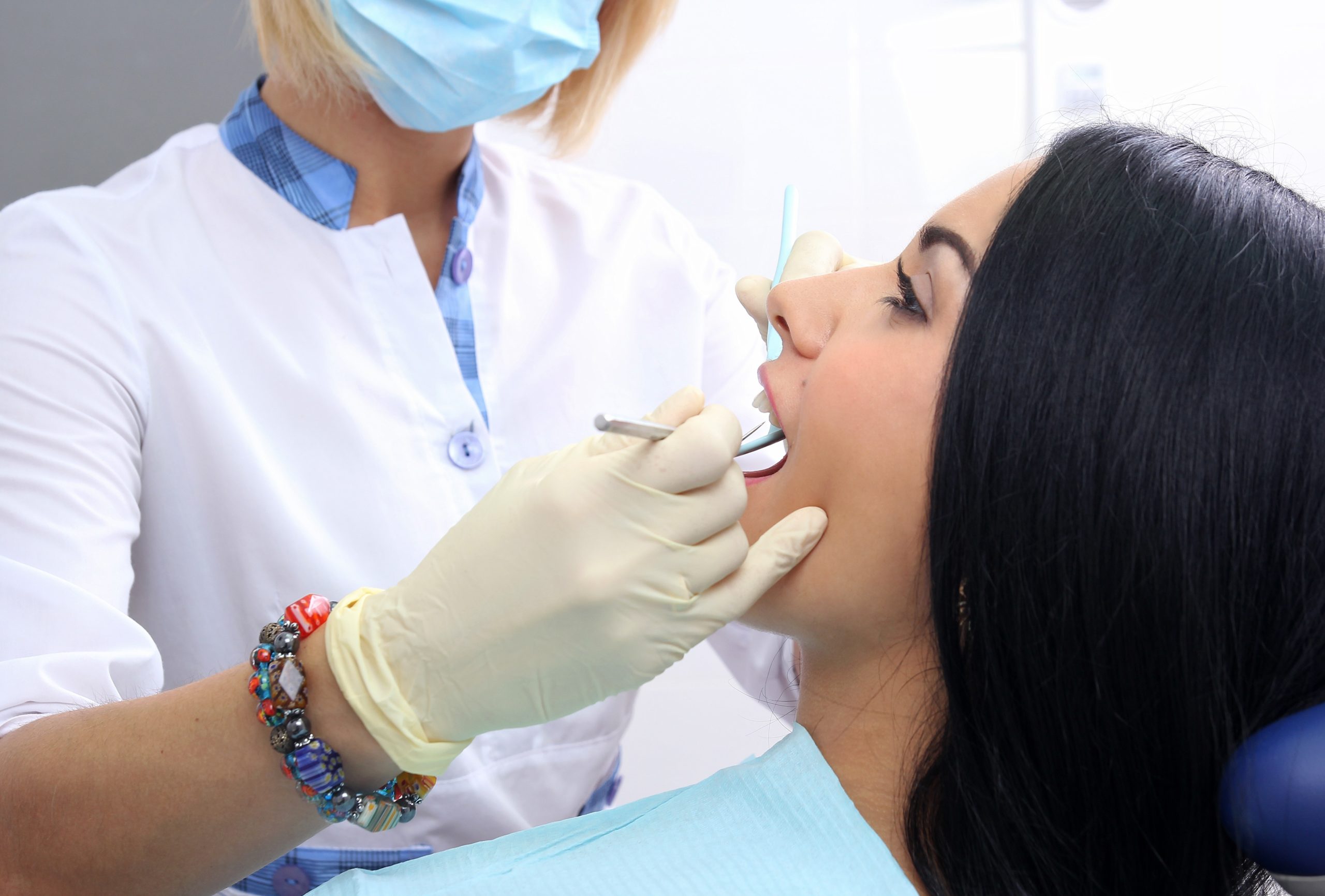All About Legacy Orthodontics
All About Legacy Orthodontics
Blog Article
What Does Legacy Orthodontics Mean?
Table of ContentsHow Legacy Orthodontics can Save You Time, Stress, and Money.The Facts About Legacy Orthodontics UncoveredLegacy Orthodontics Fundamentals ExplainedHow Legacy Orthodontics can Save You Time, Stress, and Money.Some Known Factual Statements About Legacy Orthodontics
In addition, we supply flexible treatment schedules, versatile settlement alternatives and a fun, pleasurable experience.An orthodontist is a dentist educated to diagnose, protect against, and deal with teeth and jaw irregularities. Orthodontists function with individuals of all ages, from youngsters to adults.
Malocclusion, or misaligned teeth, can result in dental problems, including dental caries, gum tissue disease, and challenging or uncomfortable chewing. But not every person is born with straight teeth. If you have a bad bite or large rooms in between your teeth, you might intend to consult a dental expert specializing in orthodontic treatment.
Some Known Details About Legacy Orthodontics
( Photo Credit Rating: DigitalVision/Getty Images) Orthodontists use fixed and detachable oral devices, like braces, retainers, and bands, to change the position of teeth in your mouth. Orthodontic treatment is for dental irregularities, including: Crooked teethBite issues, like an overbite or an underbiteCrowded teeth or teeth that are also much apartJaw misalignmentThe goal of orthodontic treatment is to improve your bite.
While you might believe of orthodontists as primarily for children or teens that require braces, they can deal with oral problems at any type of age. Orthodontists attend college, oral college, and orthodontic institution.
All orthodontists are dentists, yet not all dental professionals are orthodontists. Orthodontic residency programs use intensive, concentrated direction for dental experts. They concentrate on 2 locations: Just how to properly and safely move teeth Just how to correctly assist development in the teeth, jaw, and faceOnce an orthodontist has actually completed training, they have the alternative to become board licensed.
An Unbiased View of Legacy Orthodontics
Misalignment, or malocclusion, is the most typical factor people see an orthodontist. It is genetic and is the result of dimension differences in between the top and lower jaw or between the jaw and teeth. Malocclusion results in tooth congestion, an irregular jaw, or uneven bite patterns. Malocclusion is normally treated with: Your orthodontist connects steel, ceramic, or plastic square bonds to your teeth.
Some people require a headgear to aid relocate teeth right into line with pressure from outside the mouth. A retainer is a personalized gadget that keeps your teeth in location.
They're most frequently used on children. They can create extra area in the mouth without needing to pull teeth. If you have a severe underbite or overbite, you could need orthognathic surgery (likewise called orthodontic surgery) to lengthen or reduce your jaw. Orthodontists make use of wires, surgical screws, or plates to sustain your jaw bone.
You may need to see an orthodontist if you have: Crowding or otherwise enough room for every one of your teethOverbite, when your upper teeth come over your bottom teethUnderbite, when your bottom teeth are too much forwardSpacing or issues with gapsCrossbite, which is when your top teeth fit behind your bottom teeth when your mouth is closedOpen bite or a vertical void between your front bottom and top teethMisplaced midline, when the facility of your base and upper teeth don't line up Fixing an oral malocclusion can: Make attacking, eating, and talking easierImprove the proportion of our face and your overall appearanceEase pain from temporomandibular joint conditionsSeparate your teeth and make them much easier to clean, assisting avoid tooth degeneration or tooth cavities It's commonly a dental practitioner that first notifications misaligned teeth throughout a routine test.
All about Legacy Orthodontics

During your very first orthodontic consultation, you'll likely have: An oral examPhotos explanation taken of your face and smileDental X-raysPanoramic (360 level) X-rays of your face and headImpressions to produce molds of your teethThese examinations will aid your orthodontist know exactly how to wage your therapy. clear braces. An orthodontist is a dental expert who's had training to treat your teeth and jaw
An orthodontist is concentrated on your bite, so something like a cracked tooth would be managed by a dental practitioner. Orthodontists are concentrated on your bite, or the method your teeth fit with each other, and the straightness of your teeth.
Ever before asked yourself how stars constantly appear to have completely straightened teeth? Orthodontists are dental professionals who concentrate on fixing abnormalities in the teeth and jaws.
Some Ideas on Legacy Orthodontics You Should Know

, orthodontists have a varied toolkit at their disposal. These tried-and-true braces make use of a system of brackets adhered to the teeth and linked by cords.
Clear aligners, like Invisalign, are a popular alternative for clients seeking an extra discreet treatment alternative. These removable trays are custom-made to gradually shift the teeth's position. Headgear may be made use of along with braces or aligners to apply added targeted pressures, particularly for fixing jaw inconsistencies. In cases of slim jaws, palatal expanders can be made use of to create room for proper tooth placement.
Report this page